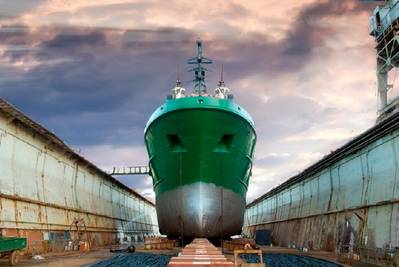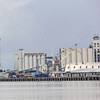DNV GL: Beyond Condition Monitoring in the Maritime Industry
Moving from a regime of scheduled rule-based maintenance to a data-driven risk-based regime can lead to more accurate and timely maintenance resulting in increased safety, lower costs and greater availability of ship systems. A new report “Beyond condition monitoring in the maritime industry”, from classification society DNV GL’s Research and Innovation division, looks at the state of the art in condition monitoring for predictive maintenance and the potential benefits of introducing new maintenance strategies into the shipping industry.
“Until now condition monitoring mainly took place on a component-level. This meant that its efficiency depended very much on the supplier. But inspections on individual components needlessly increase complexity, cost and can result in unnecessary damage – all the while failing to contribute to a broader systemic view of the vessel as a whole. There are however new options to that make maintenance safer and more cost effective,” said Knut Erik Knutsen, Senior Researcher at DNV GL.
One example is smart sensors. They are installed on the vessel and sift through large amounts of data, streamlining the information that gets passed on to specialists. Critical components can be monitored more closely, sending data to shore through fast, reliable connections. Innovations such as cloud computing allow this information to be stored, distributed and managed efficiently. Collecting and analyzing such data can reduce costs for maintenance, repairs, insurance, down times and fuel consumption.
These systems can lead to a real-time, risk-based maintenance approach where the condition of components is estimated at the system level. Reliability and risk indicators can then be evaluated in real-time to prioritize maintenance actions on individual components.
“In short, this gives us a more holistic view of a ship. We can evaluate the importance of every component based on comprehensive data and predict its remaining life-time. This is helpful when it comes to prioritizing maintenance and repairs and enables more intelligent investment decisions,” Knut Erik Knutsen explained. Component manufacturers could also use this information to adopt an improve-as-you-go-approach to upgrading their technology, he noted.
Photo caption: A new report by experts at DNV GL explains how innovations such as smart sensors can increase the quality of maintenance in the shipping industry.
The full report is available for download here: http://www.dnvgl.com/news-events/news/Beyond-condition-monitoring.aspx













